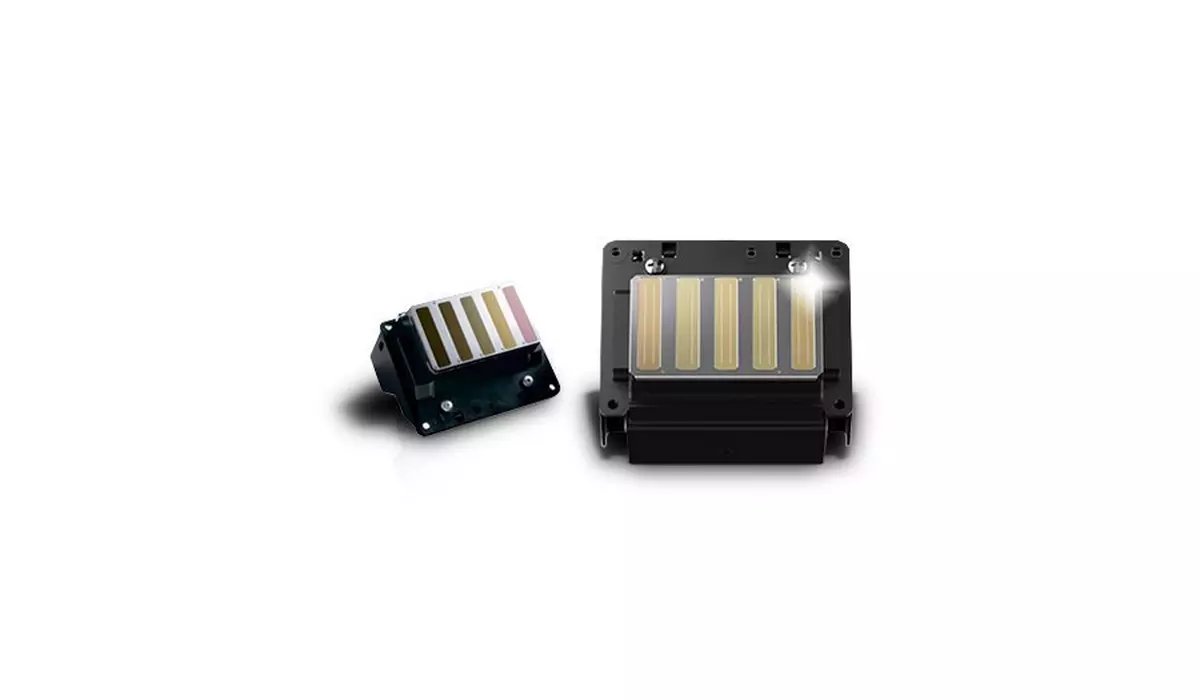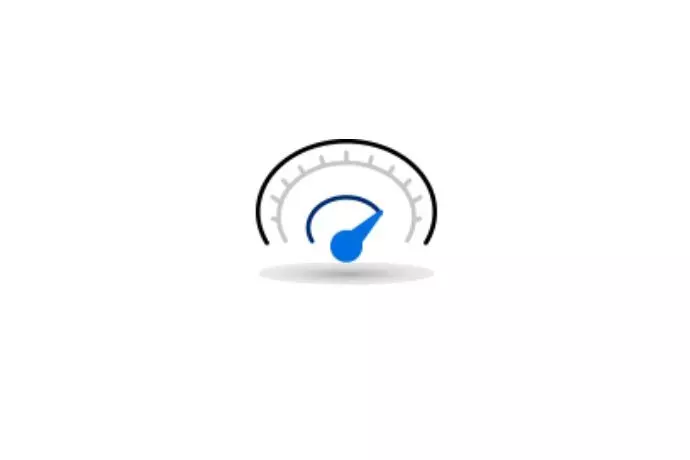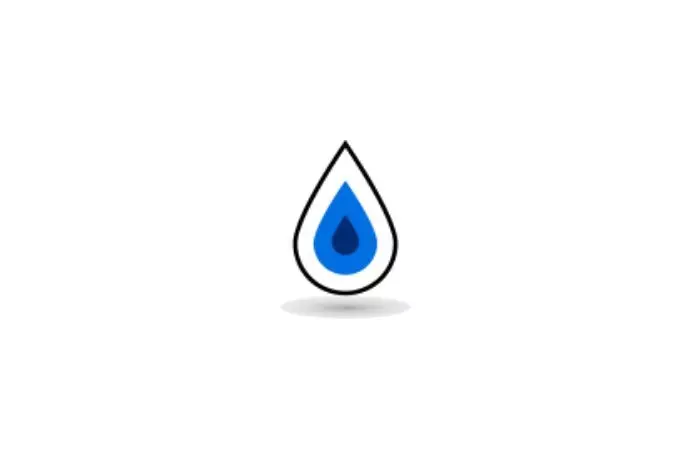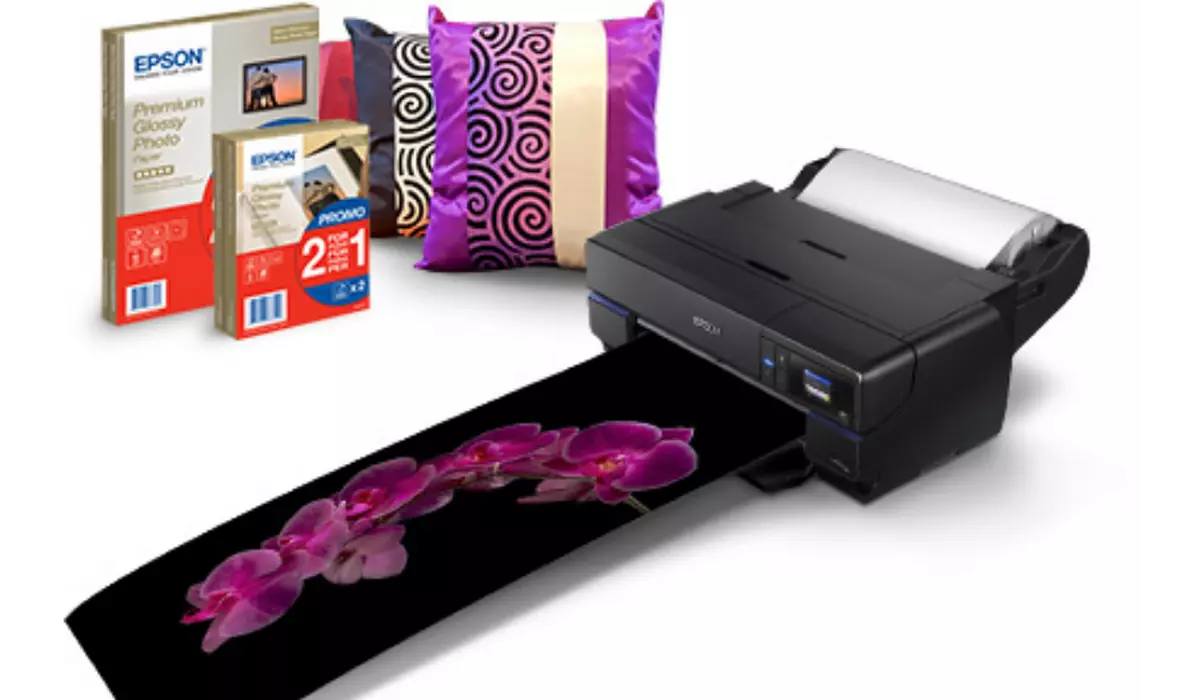
MICRO PIEZO TECHNOLOGY
If you want reliable, fast and high-quality prints it’s essential to understand what powers your printer - the printhead.

Advanced printheads for today and tomorrow
When considering what printer to buy, understanding what type of printhead is used can help you to make an informed decision. There are two main types of printhead technology, using either heat or a Piezo element. All Epson printers use a Piezo element as we think it offers the best performance.
Having made its global debut in 1993, Micro Piezo technology has not only been at the forefront of Epson inkjet printhead advancement, but has laid down the gauntlet to all the other big names in the print industry. Unique to Epson, Micro Piezo provides superb print quality and is a technology that our competitors still find hard to match.
But don’t just take our word for it, find out what makes it so special below.
Technical highlights

Enjoy clear and accurate prints
Micro Piezo technology utilises piezo crystals that pulse when electrical signals are sent to them by the printer. It produces incredibly consistent droplets, both in shape and size, to deliver clear and sharp prints. Thermal printers use a heating element to boil the ink, creating an air bubble which ejects the ink through the nozzle. The resulting prints can be less accurate.

Get high-quality prints quickly
Ink droplets are propelled through each nozzle at 40,000 times per second to deliver documents at high speeds. It’s incredibly precise however so you can rely on it for clear and sharp prints, without sacrificing on quality.

Achieve sophisticated images
Our nozzles are different - each nozzle can produce up to five different size droplets. It’s like using different size brushes to paint a canvas. Larger dots are used to increase speed for solid colour areas, whereas smaller drops can recreate stunning detail. With this technology, it can faithfully reproduce the subtle shifts between dark and light colours, blending them smoothly and naturally.

Quality not quantity
Don't be fooled into thinking that more nozzles equals a better printer. Thermal printers use nozzles with a set size, so they have to use more nozzles to attempt to offer the same level of quality that our printheads offer.

Long-lasting printer with less maintenance
Unlike thermal printers, our permanent printhead doesn’t degrade. You won’t have to worry about budgeting for a replacement printhead or have the inconvenience of fitting one.

The best ink for your application
Because heat is not used in our printhead, it means our printers can take advantage of a much wider selection of inks including heat-sensitive liquids. Not all printers are as fortunate; thermal printheads are restricted to only certain types of ink because they use heat.

Did you know?
Put the brilliance of our Micro Piezo technology into context.
Minute detail
Trying to identify a single droplet of ink (1.5pl) on a large photograph (12.7 x 8.9 cm) would be as difficult as trying to locate a contact lens on a football field (approximately 10,000m²)! These minute details make it possible to create beautifully realistic photographs with a fantastic range of tones and gradations.

Precise control
Imagine the ejection of a droplet of ink (1.5pl) is a free kick taken from a distance of 15 meters. Can you picture the player trying to aim for a point inside that goal - the size of the ball itself? And hitting that spot with almost 100 percent accuracy, and making 40,000 successful free kicks every second! Micro Piezo printheads are accurate and fast, minimising ink wastage and creating sharp and clear prints.

Incredible performance
If an ink droplet (1.5 pl) was the size of a football, and the ink was ejected from a printhead with 90 nozzles per colour, the time needed to fill Wembley Stadium with footballs would be approximately one second! That’s how quickly Micro Piezo printheads can deliver.

Next-generation printhead technology
PrecisionCore is Epson’s latest printing technology that utilises a revolutionary high-density print chip to generate up to 40 million precise dots.

Useful for more than paper
Epson’s innovative Micro Piezo technology has the flexibility to work in a wide range of fields. In addition to printing in superb colour, and black and white, on various papers, it is also being used in industrial applications. These include fabric printing, colour filter fabrication and applying patterns to electronic circuit boards, among others.

SHAPING THE FUTURE WITH HEAT-FREE TECHNOLOGY
Increase productivity and reduce environmental impact without compromise.